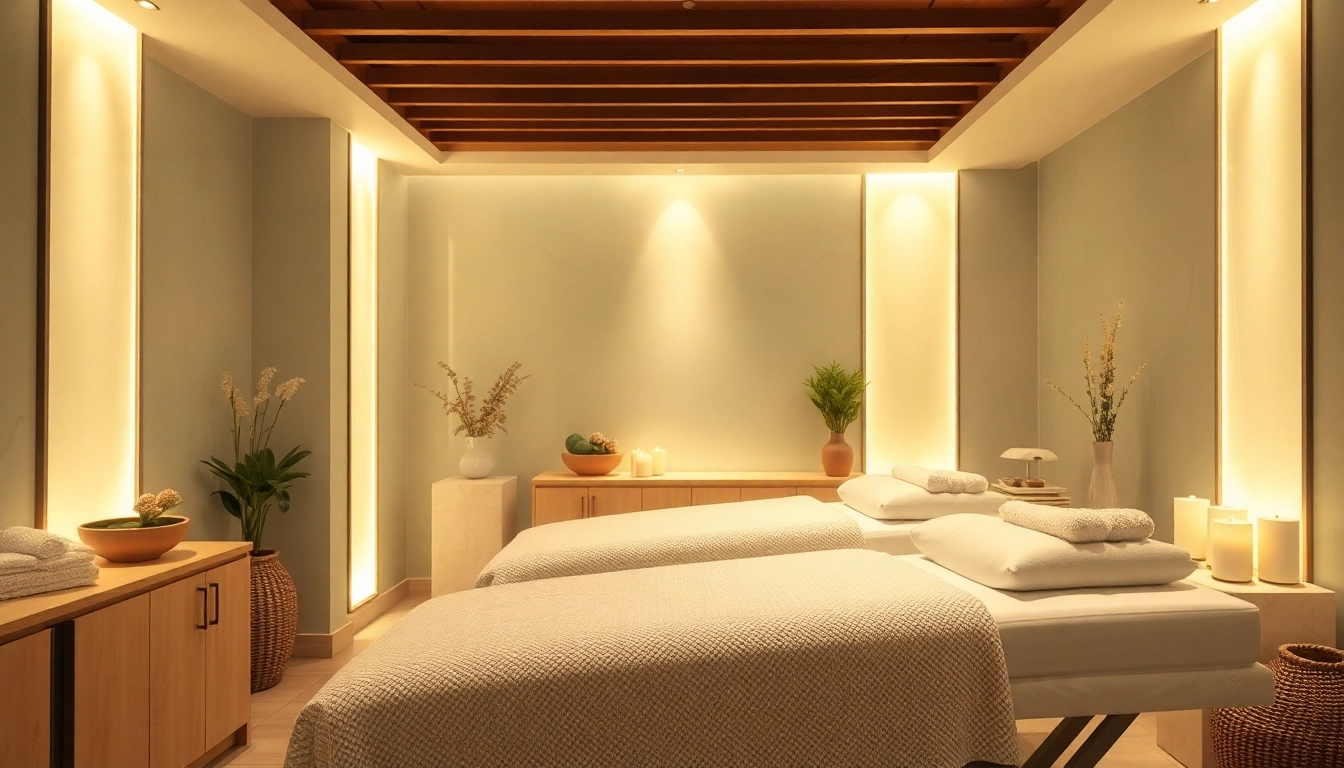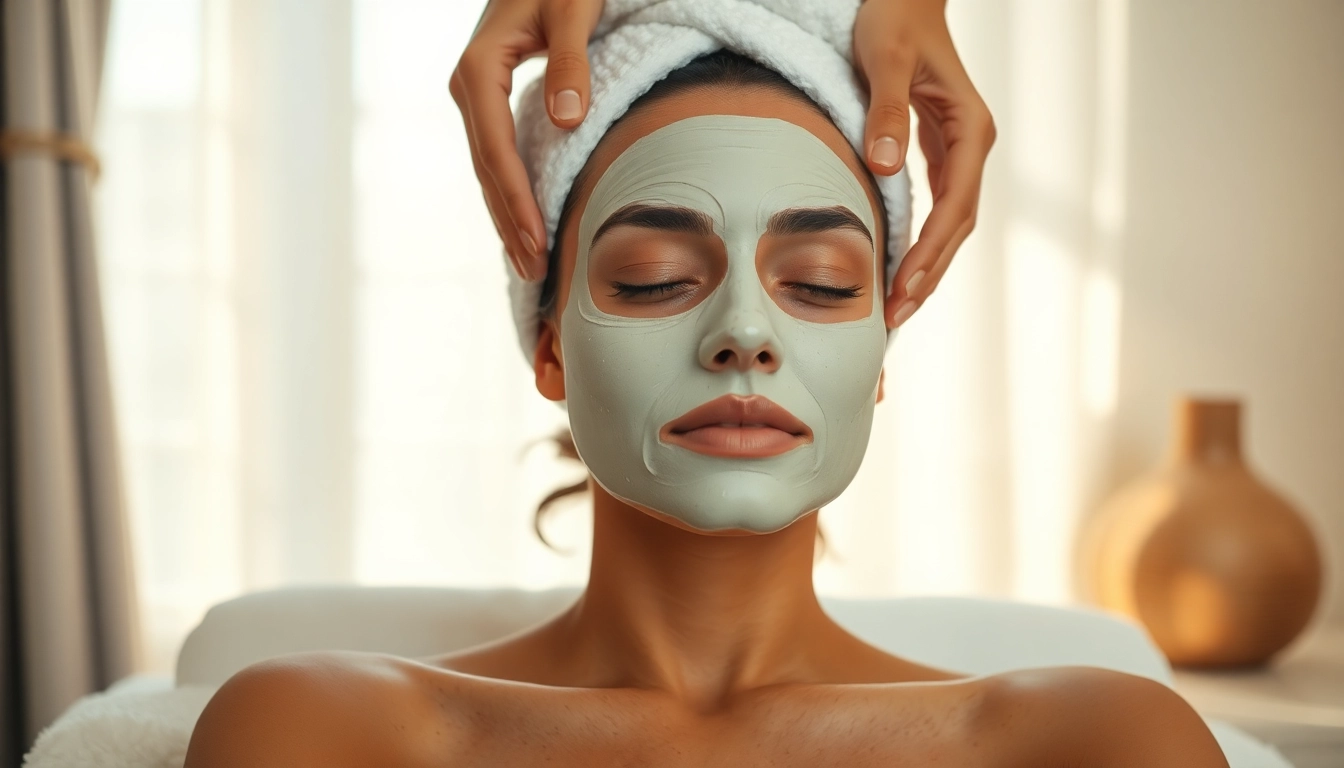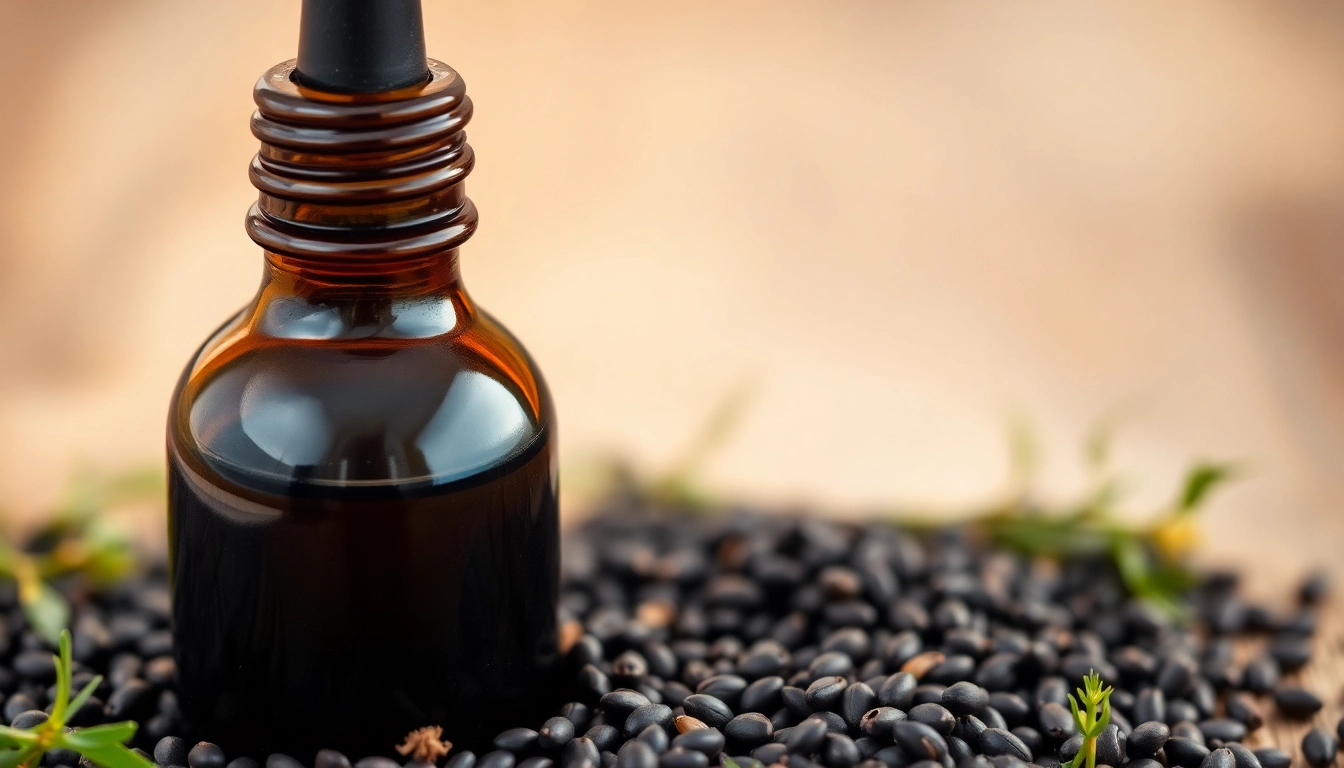What is Chronic Spontaneous Urticaria?
Definition and Overview
Chronic Spontaneous Urticaria (CSU) is a condition characterized by the recurrent appearance of itchy hives or welts on the skin, which often emerges without an identifiable trigger. Unlike acute urticaria, which typically lasts less than six weeks and can be linked to specific allergens, CSU persists for six weeks or more and can occur frequently over an extended period. This condition can significantly impact the quality of life for those affected, leading to disturbances in sleep, mood, and daily activities. It’s critical for individuals experiencing CSU to consult healthcare professionals for proper diagnosis and management. For further insights, you can explore detailed articles on Chronic Spontaneous Urticaria.
Common Symptoms
The hallmark symptom of Chronic Spontaneous Urticaria is the appearance of raised, itchy welts on the skin, which can vary in size and may join together to form larger areas of swelling. These hives typically come and go, sometimes appearing in different locations on the body. Other symptoms may include:
- Intense itching: This is often the most distressing symptom, leading to discomfort and irritation.
- Swelling of the skin: Known as angioedema, it may occur alongside hives.
- Red or skin-colored welts: These may appear on any part of the body, including the face and limbs.
- Fluctuating severity: The severity of symptoms can vary daily, influenced by stress, temperature changes, or exertion.
How it Differs from Other Allergies
While CSU shares similarities with other allergic reactions, it is essential to understand how it differs. Allergic reactions typically occur in response to a specific allergen, such as food, medications, or insect stings. In contrast, CSU may not involve a clear trigger, making it more challenging to manage. Moreover, CSU is linked to the activation of mast cells and the release of histamines without the need for a known allergen, whereas typical allergies usually trigger an immune response and sensitization. Understanding these differences is crucial for appropriate treatment and lifestyle adjustments.
Identifying Triggers of Chronic Spontaneous Urticaria
Common Triggers and Their Impact
Identifying triggers is a critical process in managing CSU. While some individuals may have identifiable provocateurs, others may not. Common triggers can include:
- Weather changes: Temperature fluctuations, especially cold weather, can exacerbate symptoms.
- Excessive heat: Hot baths, strenuous exercise, or high temperatures may induce hives.
- Stress: Emotional or physical stress can trigger or worsen outbreaks.
- Infections: Viral infections, particularly those affecting the upper respiratory tract, have been associated with the onset of CSU.
- Hormonal changes: Fluctuations in hormones, especially during menstrual cycles, pregnancy, or menopause, can affect CSU.
Understanding these triggers can help individuals take proactive steps to minimize their exposure and manage flare-ups more effectively.
Testing for Allergens
Testing for allergens is essential for individuals with CSU to determine if an underlying allergic component exists. Healthcare providers may utilize various approaches, including:
- Skin prick tests: To check for immediate allergic reactions to common allergens.
- Blood tests: To measure specific IgE antibodies in response to suspected allergens.
- Patch tests: To identify delayed allergic reactions.
However, it’s worth noting that standard allergen tests may yield negative results for those with CSU, indicating the complex nature of the condition.
The Role of Stress and Environment
Stress is a significant factor in the exacerbation of CSU symptoms. Increased anxiety and emotional distress can lead to the release of histamines, worsening hives. Environmental factors such as pollen, pollution, and even pets can also contribute to symptom flare-ups, particularly in predisposed individuals. Stress management techniques, including mindfulness, yoga, and counseling, can play a vital role in controlling CSU and improving overall well-being.
Diagnosis Process for Chronic Spontaneous Urticaria
Medical History Evaluation
Diagnosing Chronic Spontaneous Urticaria typically begins with a thorough medical history evaluation. Physicians will ask patients about the onset and duration of symptoms, any previous allergies or conditions, medications taken, and lifestyle factors that can contribute to the condition. Understanding the patient’s history is crucial for identifying potential patterns or triggers.
Physical Examination Techniques
In a physical examination, the healthcare provider assesses the appearance of hives and any associated symptoms. They may also check for signs of angioedema or swelling in areas other than the skin. It’s essential to document the distribution, size, and duration of the hives, as well as any variations over time.
Laboratory Tests and Procedures
While not always necessary, laboratory tests may be conducted to rule out other conditions or to evaluate the thyroid function, liver function, and complete blood count. The results help to eliminate other possible causes for the symptoms and confirm the diagnosis of CSU.
Effective Treatment Options for Chronic Spontaneous Urticaria
Medications and Their Mechanisms
The primary treatment for Chronic Spontaneous Urticaria often involves antihistamines, which can help reduce itching and the appearance of hives. Common medications include:
- Second-generation antihistamines: Such as cetirizine, loratadine, and fexofenadine, are preferred due to their lower sedative effects.
- Higher doses: In some instances, doctors may prescribe higher doses than those typically recommended for allergies if symptoms persist.
- Leukotriene receptor antagonists: These are sometimes added to the treatment regimen to enhance efficacy.
- Omalizumab: This monoclonal antibody medication can be effective in severe or treatment-resistant cases of CSU.
Understanding how these medications work helps individuals make informed decisions about their treatment plans.
Holistic and Alternative Therapies
Many individuals with CSU explore holistic and alternative therapies to complement conventional treatments. Options include:
- Dietary modifications: Some patients find relief by eliminating specific food triggers, although this should be approached with caution.
- Acupuncture: Evidence suggests that acupuncture may help reduce symptoms for some sufferers.
- Herbal remedies: Natural anti-inflammatory herbs, including turmeric and nettle, may reduce hives, though scientific support is limited.
- Meditation and yoga: These practices can reduce stress and improve mental health, indirectly alleviating CSU symptoms.
It’s crucial to consult with a healthcare provider before starting any alternative therapies to ensure they align safely with existing treatments.
Long-Term Management Strategies
Managing Chronic Spontaneous Urticaria often requires a multifaceted approach. Long-term strategies may include:
- Regular consultations: Keeping in close contact with healthcare providers can help monitor symptoms and adjust treatment as needed.
- Avoiding known triggers: Keeping a journal to track flare-ups can help identify patterns and inform future decisions.
- Adopting a healthy lifestyle: Eating well, exercising regularly, and practicing stress-reduction techniques can promote overall health and potentially ease symptoms of CSU.
Continuously adapting these strategies can greatly improve quality of life for individuals living with CSU.
Living with Chronic Spontaneous Urticaria: Coping Strategies
Support Groups and Resources
Connecting with others facing similar challenges can provide emotional support and practical advice. Online forums and local support groups dedicated to chronic illnesses can be invaluable resources for individuals with CSU. They offer a platform to share experiences, gain insights, and learn coping strategies from others who truly understand the struggle.
Daily Lifestyle Modifications
Making small changes to daily routines can help manage symptoms. Suggestions may include:
- Wearing loose-fitting clothing: To prevent irritation on the skin.
- Using fragrance-free products: Such as soaps and lotions to minimize allergic reactions.
- Implementing a consistent skincare routine: To soothe irritated skin and reduce flare-ups.
Being mindful of the environment and personal care practices can significantly impact the severity and frequency of CSU outbreaks.
When to Seek Medical Help
While CSU often requires long-term management, patients should seek medical assistance if they experience sudden worsening of symptoms, difficulty breathing, or throat swelling, as these may indicate a more severe allergic reaction or anaphylaxis. Proactive communication with healthcare providers can ensure timely adjustments to treatment and interventions as necessary.



